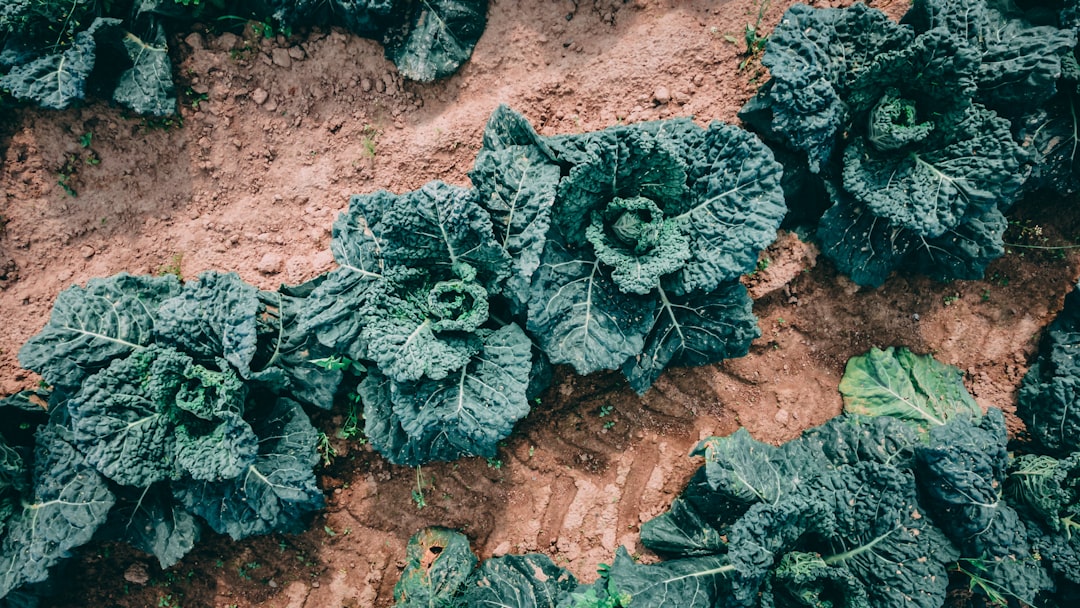A thriving vegetable garden begins with healthy, nutrient-rich soil. Soil isn’t just dirt; it’s a dynamic ecosystem teeming with life, nutrients, and organic matter that supports plant growth. Preparing your garden soil properly is one of the most critical steps in ensuring bountiful harvests. In this guide, we’ll explore the essentials of soil preparation, including soil testing, amendments, and composting, to give your vegetables the best possible start.
Why Soil Preparation Matters
Healthy soil provides plants with the nutrients they need to grow, retain water effectively, and resist diseases. Neglecting soil preparation can result in poor yields, nutrient deficiencies, and unhealthy plants. The good news? Investing time and effort in your soil at the beginning of the season will pay off with thriving vegetables later.
Step 1: Test Your Soil
Before you begin adding anything to your soil, it’s important to know what you’re working with. Soil testing reveals valuable information about your soil's:
-
pH Level: Most vegetables prefer a slightly acidic to neutral pH (6.0 to 7.0).
-
Nutrient Content: Testing shows the levels of nitrogen (N), phosphorus (P), potassium (K), and other essential nutrients.
-
Soil Texture: Whether your soil is sandy, loamy, or clayey affects its drainage and nutrient retention.
How to Test Your Soil
-
At-Home Test Kits: Available at garden centers, these kits provide quick results for basic pH and nutrient levels.
-
Professional Lab Testing: For a detailed analysis, send a sample to a local extension office or soil testing lab. They’ll provide specific recommendations based on your results.
Step 2: Amend Your Soil
Based on your soil test results, you may need to amend your soil to correct nutrient deficiencies or adjust its pH.
Common Soil Amendments
-
Compost: Adds organic matter and improves overall soil health.
-
Lime: Raises soil pH (reduces acidity).
-
Sulfur: Lowers soil pH (reduces alkalinity).
-
Bone Meal: Adds phosphorus, essential for root development.
-
Blood Meal: A great source of nitrogen for leafy growth.
-
Wood Ash: Supplies potassium and raises soil pH.
How to Add Amendments
-
Spread the recommended amendment evenly over your garden bed.
-
Use a garden fork or tiller to mix it into the top 6-8 inches of soil.
-
Water the area lightly to help the amendments integrate with the soil.
Step 3: Add Organic Matter
Organic matter improves soil structure, enhances water retention, and fosters the growth of beneficial microbes. Compost is one of the best ways to enrich your soil with organic matter.
How to Compost
-
Collect Organic Waste: Use kitchen scraps (vegetable peels, eggshells, coffee grounds), grass clippings, leaves, and garden trimmings.
-
Layer Your Pile: Alternate between green materials (nitrogen-rich) and brown materials (carbon-rich).
-
Aerate Regularly: Turn the pile every few weeks to add oxygen and speed up decomposition.
-
Monitor Moisture: Keep the pile damp but not soggy, like a wrung-out sponge.
-
Wait: In a few months, you’ll have rich, crumbly compost ready to add to your garden.
If you’re short on time or space, bagged compost is an excellent alternative and widely available at garden centers.
Step 4: Improve Soil Structure
Soil structure determines how well roots grow and access nutrients.
-
Clay Soil: Tends to be dense and poorly draining. Add sand, perlite, or organic matter like compost to improve aeration.
-
Sandy Soil: Drains too quickly. Add organic matter to enhance its water-holding capacity.
-
Loamy Soil: The ideal soil type. If you’re lucky enough to have loamy soil, a layer of compost is usually sufficient preparation.
Step 5: Mulch Your Beds
Mulching is a simple yet effective way to improve soil health and prepare your garden for planting. A layer of mulch helps:
-
Retain moisture in the soil.
-
Suppress weed growth.
-
Regulate soil temperature.
Use natural mulches like straw, grass clippings, or shredded leaves. Apply a 2-3 inch layer on top of your soil but keep it a few inches away from plant stems to prevent rot.
Step 6: Avoid Common Pitfalls
-
Over-Tilling: While tilling can mix in amendments and break up compacted soil, overdoing it can disrupt soil structure and kill beneficial organisms.
-
Excessive Fertilizer: Adding too much fertilizer can harm plants and lead to nutrient imbalances. Follow the recommendations from your soil test.
-
Neglecting Crop Rotation: Growing the same crops in the same spot each year depletes nutrients. Rotate your crops annually to keep soil healthy.
Final Thoughts
Healthy soil is the foundation of a productive vegetable garden. By testing, amending, and enriching your soil with organic matter, you create an environment where your plants can thrive. Take the time to prepare your soil before planting—it’s an investment that will yield delicious, homegrown vegetables and a rewarding gardening experience.
What’s your favorite tip for preparing garden soil? Share your thoughts in the comments! 🌱

Comments
No comments yet. Be the first to comment!
You must be logged in to comment. Login